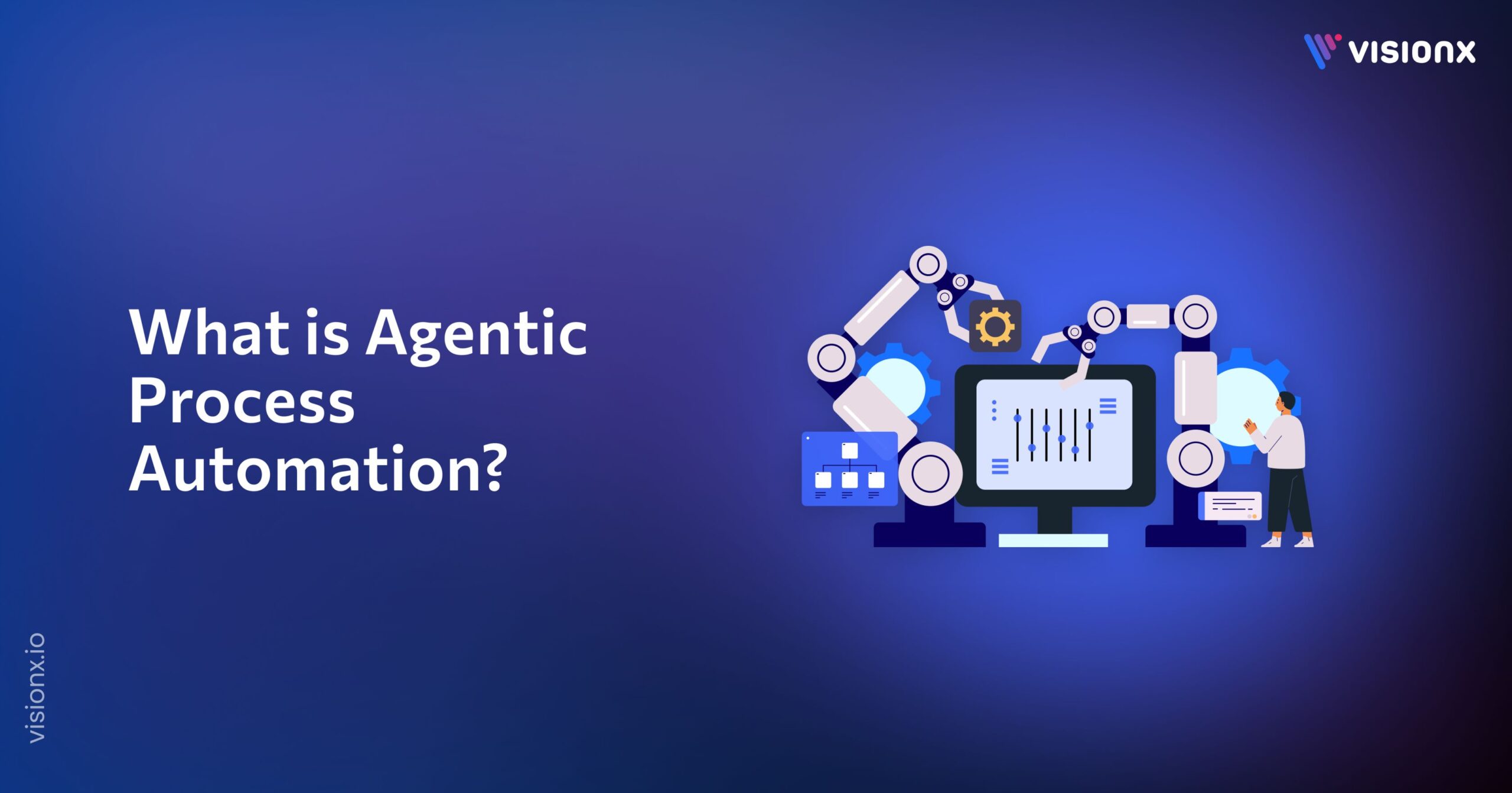In today’s digital age, organizations of all sizes and industries are liable for many laws, regulations, and guidelines controlling the use, storage, and management of information technology (IT) systems and data. Failure to comply with these regulations can result in severe consequences, including hefty fines, legal repercussions, and irreparable damage to a company’s reputation. This is where IT compliance comes into play, ensuring businesses follow industry best practices and set regulations.
What is IT Compliance?
IT Compliance refers to following the established laws, regulations, and guidelines related to information technology. It covers many areas, including data privacy, cybersecurity, risk management, and operational procedures. Compliance requirements can originate from various sources, such as government agencies, industry-specific organizations, and international standards bodies.
Some of the most prominent IT Compliance regulations and standards include:
1. General Data Protection Regulation (GDPR):
This EU regulation governs the collection, use, and protection of individuals’ data within the European Union.
2. Health Insurance Portability and Accountability Act (HIPAA):
This U.S. law sets strict standards for protecting sensitive patient health information in the healthcare industry.
3. Payment Card Industry Data Security Standard (PCI DSS):
This standard ensures the secure handling of payment card data and applies to organizations that process, store, or transmit credit card information.
4. ISO 27001:
A framework for creating, putting into practice, maintaining, and continuously enhancing an information security management system (ISMS) is provided by this international standard.
5. Sarbanes-Oxley Act (SOX):
This U.S. federal law sets guidelines for corporate governance, financial reporting, and IT controls for publicly traded companies.
Compliance requirements can vary depending on an organization’s industry, geographic location, and specific business operations.
The Importance of IT Compliance
IT Compliance is important for organizations to mitigate risks, protect sensitive information, and maintain consumer trust. Non-compliance can have severe consequences, including:
- Legal and Financial Penalties: Failure to comply with regulations can result in hefty fines, legal actions, and potential lawsuits, significantly impacting an organization’s bottom line.
- Data Breaches and Cyber Threats: Inadequate security controls and non-compliance with cybersecurity standards can leave organizations vulnerable to data breaches, cyber-attacks, and other malicious activities, compromising sensitive data and exposing customers to identity theft and fraud.
- Reputational Damage: Non-compliance can severely tarnish an organization’s brand reputation, destroying consumer trust and confidence and potentially leading to lost business opportunities and revenue.
- Operational Disruptions: Compliance violations may result in the suspension or termination of operations, causing significant disruptions to business continuity and productivity.
How to Implement an Effective IT Compliance Program?
Here are the key steps involved in an effective IT compliance program:
- Identify Relevant Regulations and Standards: The first step is understanding the specific compliance requirements that apply to your organization based on your industry, geographic location, and business operations.
- Conduct a Risk Assessment: Perform a comprehensive risk assessment to identify potential vulnerabilities, threats, and areas of non-compliance within your IT infrastructure and processes.
- Develop Policies and Procedures: Establish clear policies and procedures that outline the organization’s approach to IT Compliance, addressing areas such as data protection, access controls, incident response, and employee training.
- Implement Security Controls and Safeguards: Deploy appropriate technical and organizational measures to protect sensitive data, systems, and applications. This may include firewalls, encryption, access controls, incident monitoring, and response mechanisms.
- Conduct Regular Audits and Assessments: Regularly audit and assess your IT systems, processes, and controls to identify areas of non-compliance and implement corrective actions as necessary.
- Provide Employee Training and Awareness: Employees should receive training and education on IT compliance policies, procedures, and best practices to help the company develop an ethical and accountable culture.
- Continuous Monitoring and Improvement: Compliance is an ongoing process, not a one-time effort. Monitor changes in regulations, industry standards, and emerging threats, and adjust your IT Compliance program accordingly.
Benefits of IT Compliance
IT Compliance offers numerous benefits to organizations, including:
1. Reduced Risk of Data Breaches and Cyber Threats:
By implementing robust security controls, organizations can significantly reduce the risk of data breaches, cyber-attacks, and other malicious activities, protecting sensitive information and customer trust.
2. Protection Against Legal Liabilities and Financial Penalties:
Compliance with applicable laws and regulations helps organizations avoid costly legal battles, fines, and reputational damage from non-compliance.
3. Enhanced Customer Trust and Brand Reputation:
Demonstrating a commitment to IT Compliance and data protection can help earn consumer trust and confidence in an organization’s products and services. It strengthens brand reputation and loyalty.
4. Improved Operational Efficiency and Data Integrity:
Automating procedures, implementing best practices, and enhancing data governance are common components of compliance initiatives that boost an organization’s operational effectiveness and data integrity.
5. Competitive Advantage in Regulated Industries:
In highly regulated industries, such as healthcare, finance, and government, IT Compliance can provide a competitive edge by demonstrating a commitment to industry standards and regulations.
Who Needs IT Compliance?
Every organization that uses technology needs to be concerned about IT compliance.
Here are some specific examples:
Healthcare providers
Healthcare organizations must comply with regulations like HIPAA (Health Insurance Portability and Accountability Act) to protect patient privacy.
Financial institutions
Banks and other financial institutions must comply with regulations to prevent money laundering and fraud.
Retailers
Retailers that collect customer data need to comply with regulations like PCI DSS (Payment Card Industry Data Security Standard) to protect payment card information.
Educational institutions
Schools and universities often handle sensitive student data and must comply with privacy regulations like the Family Educational Rights and Privacy Act (FERPA).
Common IT Compliance Challenges
Here are some of the most common challenges organizations face when it comes to IT compliance:
- Keeping Up with Change: The regulatory landscape constantly evolves, so keeping up with the latest requirements can be difficult.
- Limited Resources: Many organizations lack the dedicated staff and resources to develop and maintain a robust compliance program.
- Data Silos: Data spread across different systems can make it difficult to track and manage effectively for compliance purposes.
- Legacy Systems: Outdated legacy systems may not be compatible with the latest security controls.
- User Behavior: Educating and enforcing proper security practices among employees can be challenging.
IT Compliance Tools and Technologies
Several tools and technologies can be valuable for managing IT compliance:
- Security Information and Event Management (SIEM) Systems: SIEM systems collect and analyze security data from various sources, providing real-time insights into potential threats and compliance violations.
- Data Loss Prevention (DLP) Solutions: DLP solutions help prevent sensitive data from being accidentally or intentionally leaked outside the organization.
- Compliance Management Software: This software can automate many compliance tasks, such as risk assessments, policy management, and reporting.
- Cloud Security Solutions: Cloud providers offer a variety of security features and services that can help organizations comply with relevant regulations.
The specific tools you need will depend on your organization’s size, industry, and compliance requirements.
Conclusion
IT compliance may seem complex, but it’s essential to running a secure and successful business. By understanding the core principles, common challenges, and best practices, you can create a program that protects your organization from security risks, regulatory fines, and reputational damage.
Remember, IT compliance is an ongoing process. The key is to be proactive, stay informed, and continuously adapt your program to meet the evolving threat landscape and regulatory environment.


